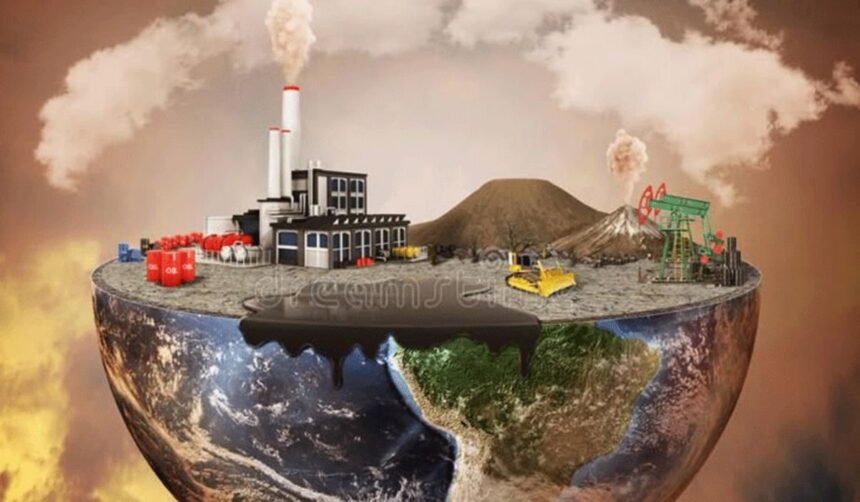The concentration of carbon dioxide (CO₂) in Earth’s atmosphere has climbed to 430.2 parts per million (ppm), marking the highest level seen in millions of years, according to new research from the Scripps Institution of Oceanography at the University of California, San Diego.
The measurement was recorded at the Mauna Loa Observatory in Hawaii, a key site for global CO₂ monitoring. This latest reading shows a rise of 3.5 ppm compared to May 2024, when the level stood at 426.7 ppm.
Read More: Western Weather Systems to Sweep Across Pakistan, NDMA Issues Alert
Scientists link this continued increase to the ongoing use of fossil fuels. Experts warn that the world is falling short of its climate goals, with the latest data reinforcing fears that current efforts are insufficient to slow global warming.
Researchers from Scripps noted that humans have not experienced this level of atmospheric CO₂ for at least three to five million years, describing the current trend as a move into “uncharted territory.”
The rise in CO₂ is driving more extreme weather events, from heatwaves and droughts to intense rainfall and flooding. Additionally, the increase contributes to ocean acidification, which harms marine life such as corals and shellfish, threatening ecosystems and coastal communities.
Read More: Heatwave alert: protecting yourself in the scorching weather
Although Mauna Loa provides consistent global data, regional variations still exist. In the Southern Hemisphere, some monitoring stations have not yet crossed the 430 ppm threshold. However, data from global networks help shape international climate assessments and inform policy decisions.
The figures have added urgency to climate discussions worldwide. At the Astana International Forum, experts called for fair and swift action to cut emissions and shift to clean energy.






